Hi, my name is Jason Nuss and I’m a Netflix-aholic. Whew, that’s a load off! I’ve never said that to anyone.
My Netflix addiction didn’t happen overnight
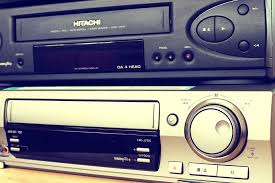

I remember having to pay a fee if I returned a VHS tape that was not rewound. Do you? OK, I didn’t pay the fee, but my parents did. I must have been in middle or high school at the time.
As we know now, it could be a lot better than walking back and forth to the mailbox.
Enter the streaming service by Netflix.


I quickly learned that the DVD service was just the gateway drug, I mean gateway service, to something better. However, the streaming service was just OK in the beginning. With slow internet connections being a bottleneck and TVs not being HD, and all the good movies only being available on DVD, it made the experience frustrating. It was hardly something a person could do for long periods of time. I’ll be honest though, I still thought it was still amazing.
Here’s where things became bad, in terms of my addiction. In 2013 Netflix released it’s first Netflix Original, House of Cards. My internet connection was fast, I was streaming on a good size HD TV, and I was watching great content. From there, Netflix has been doing nothing but feeding my addiction by taking the shows I watch, and the shows I rate, and using that data to feed me more content they think I’ll want. They’re not always right, but they often are.
So, how does this relate to PPC engagement?
Netflix has figured out a few things over the years. In particularly, Netflix has learned, through A/B testing, that a title image (shown as preview on their platform) can significantly increase whether a user engages with that content. You’ll see a bit later in this post that they may use 6 or more images, for each title, just to see which work best at engaging their users.
In a similar way, we attempt to increase engagement with our advertising campaign target audience. We launch all our PPC campaigns with multiple image variants. This is particularly the case on LinkedIn Ads where we might be publishing sponsored content and on Facebook where we’re able to use images to enhance our ads. Google Ads Display Network is another area where images (banners) can be used and should be A/B tested.
Let’s look at some image tests from Netflix
Netflix occasionally publishes testing results on their Tech Blog over on Medium.com. Below are a few images where they show the elements that can make a difference in engagement. These are very similar to the test we run on our LinkedIn Sponsored Content Ads. A specific title treatment, a logo, the background image, or some specific badging, like “new episodes”, can all make a difference. (Try to ignore the fact that Kevin Spacey is in the image that Netflix used.)
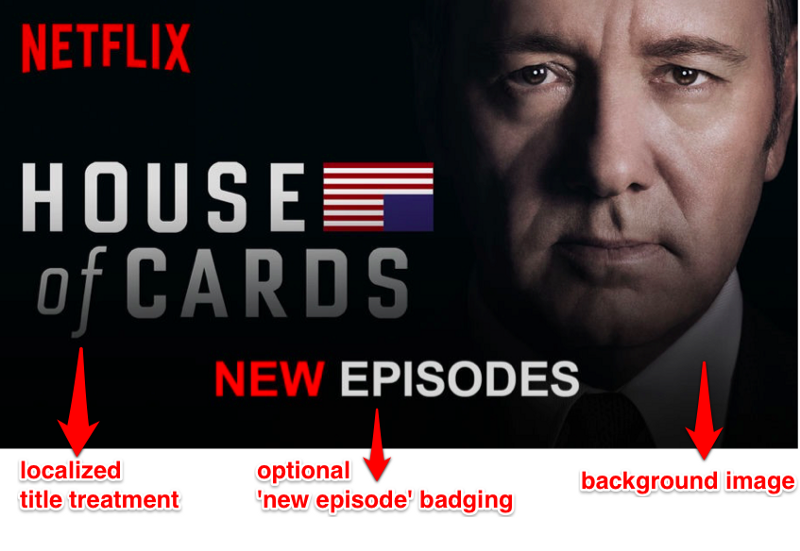

Dragons: Race to the Edge


Unbreakable Kimmy Schmidt
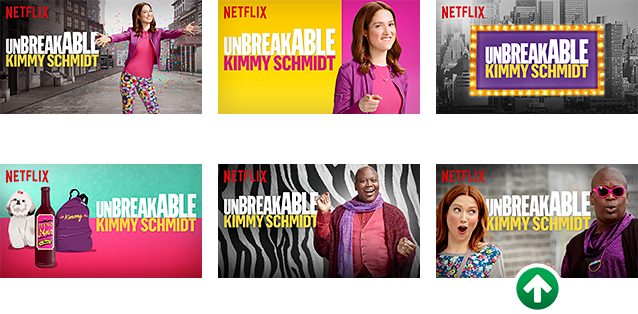

Published conclusions from the image A/B tests above reveal…
“Images that have expressive facial emotion that conveys the tone of the title do particularly well.”
They do caveat that A/B tests often have differing results based on global geography and audience. This is obviously the case when advertising to a global audience. You need to know your audience and build ads accordingly.
Let’s apply image A/B testing to PPC advertising
When putting together graphics and images for our client ads we always try to pull in elements of the content we’re trying to promote. Whether it’s the title of a paper, a screenshot of a video, or a logo from our client or client partner, using these elements will increase relevance to the landing page beyond the ad. However, like Netflix, we don’t always know what will work best, so we test, test, and test.
Netflix published a tech blog post that speaks specifically to harvesting static image frames from their video content to use as background images in their title artwork. Similarly, if we’re advertising a video, or an infographic, or document, we’ll grab snapshots from the content to use within our ads.
Here are few examples of what our ad image tests might look like. Sometimes we’ll pull in a logo to go with our headline.
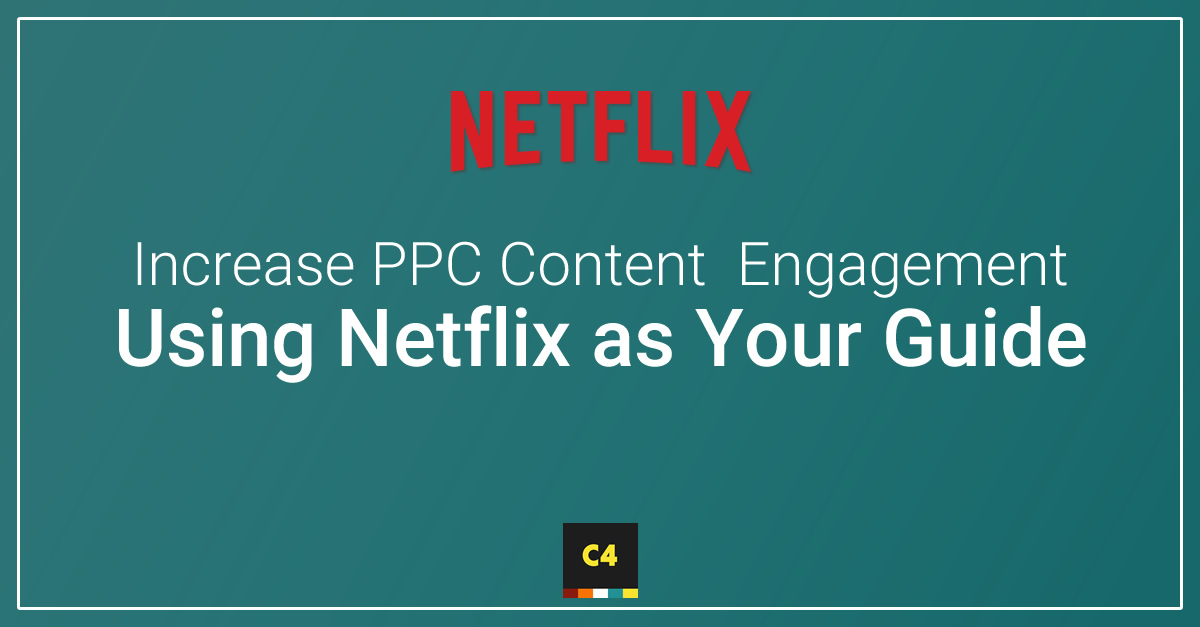

Sometimes we’ll use images from the post along with the title.
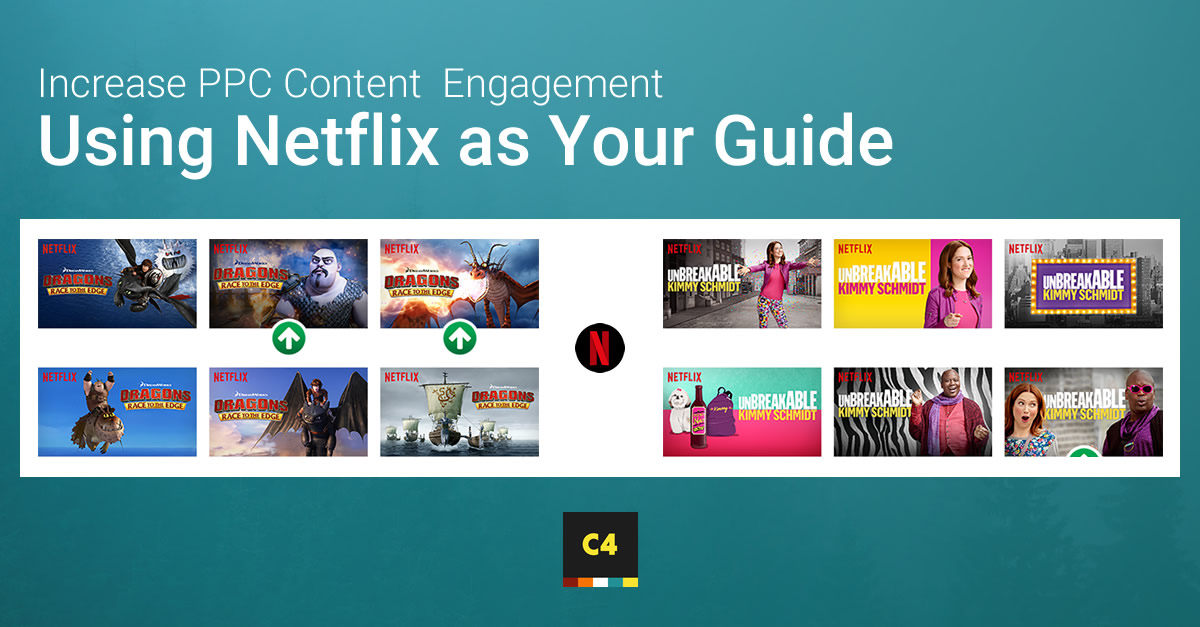

And, honestly, at least for our own internal social media posts, we sometimes use random photos that we like and treat them with our branded colors and logo.
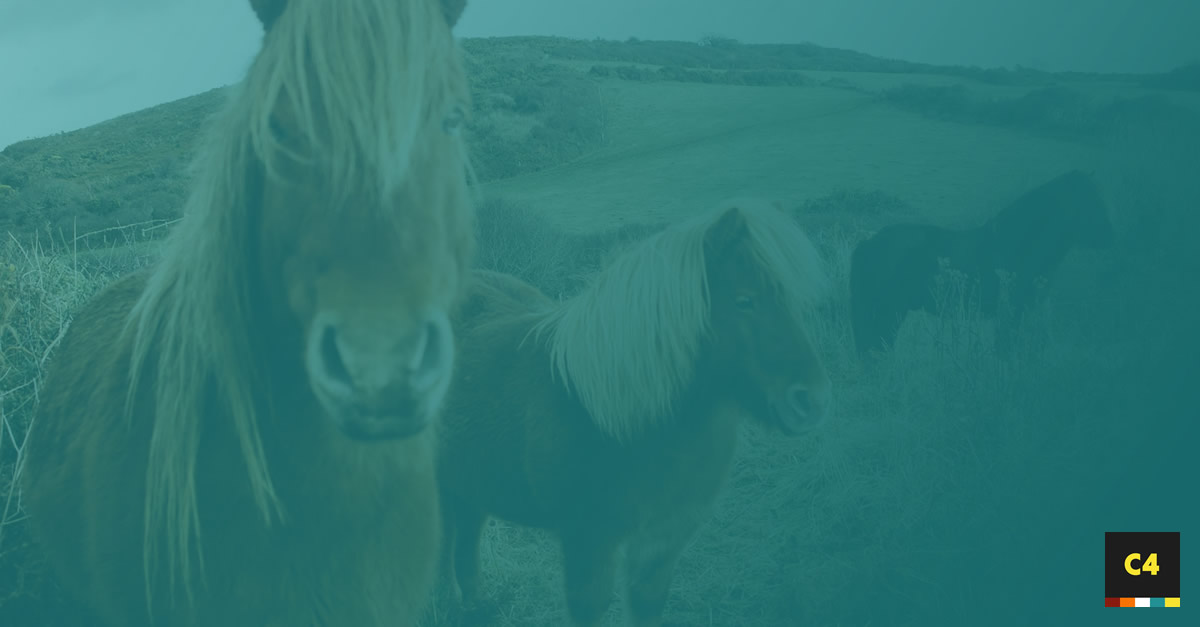

Don’t share the same image twice
When we promote a blog, like this one, we will take the graphics we create and use them across social platforms. This is something we also do for our clients. If we’re creating images for our clients for an advertising campaign, we also think it’s a great idea to use them in organic social posts.
Have you ever tweeted out content and then a couple days later tweet it out again? Sure, everyone wants to get that content seen while it’s still relevant. That’s common promotion. However, it can look a little spammy if you’re tweeting the same image and tweet out over and over again. But what if you had a unique image each time you tweeted out the same content.
This is exactly what Netflix is doing.
Same content as the last time you logged in, but somehow everything looks different! Netflix is using YOU as a guinea pig. If you are a marketer, you should be doing this too.
What’s the important thing to take away from this post?
For those of you that are still reading, the important thing that we’ve learned, and that we want you to take away from this post, is that testing images and graphics when promoting content can help you maximize engagement with your audience, whether it’s in a PPC campaign, or on a social media channel. Over time you’ll learn, like Netflix, which images work most of the time and which don’t.
Reach out and let us know some of your A/B testing insights!

